What Do You Know About Pollinators?
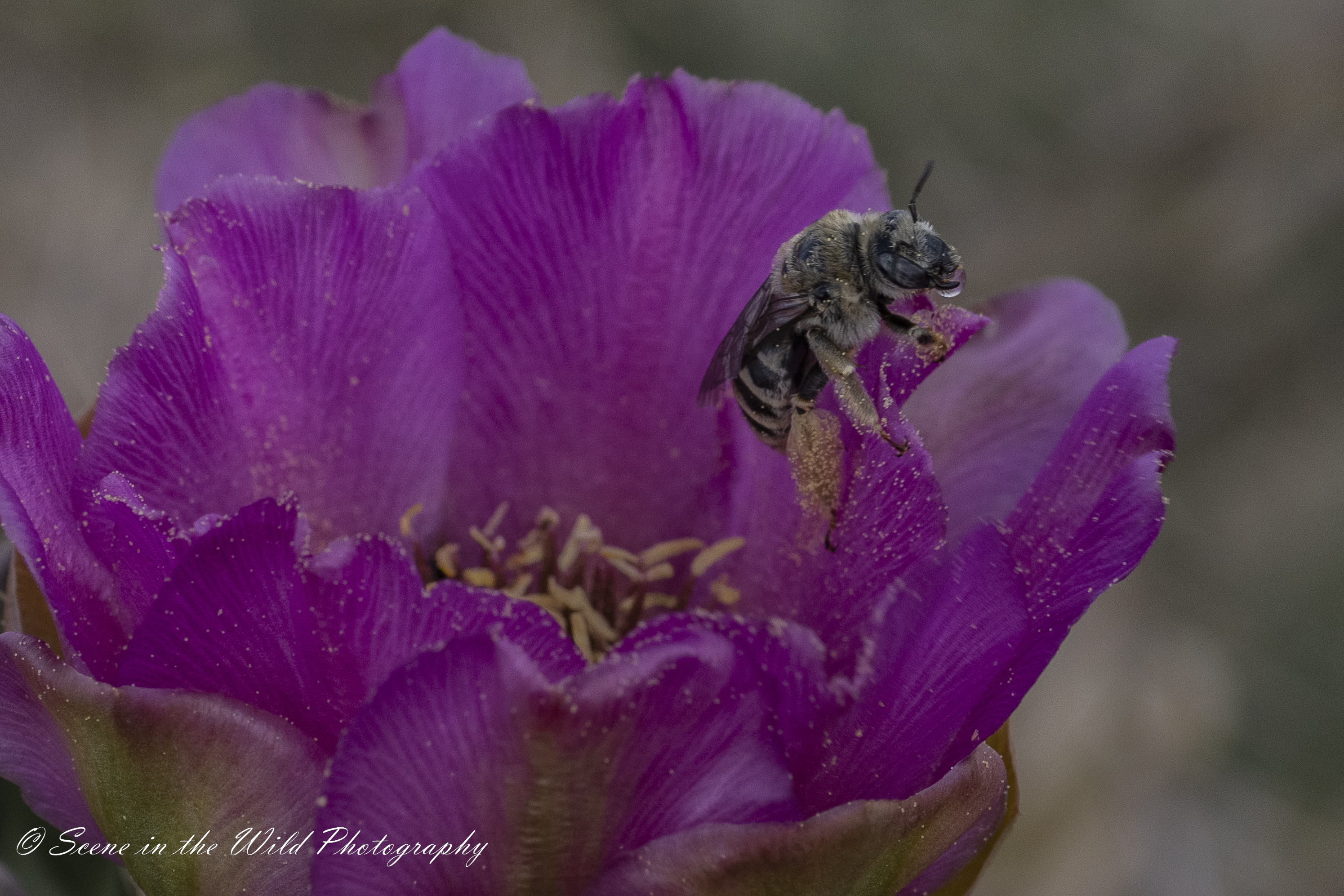
Description: This bee has obviously been busy; just look at all of the pollen on its legs! Note the water droplet under its mouth. Comanche National Grassland, June 20, 2022
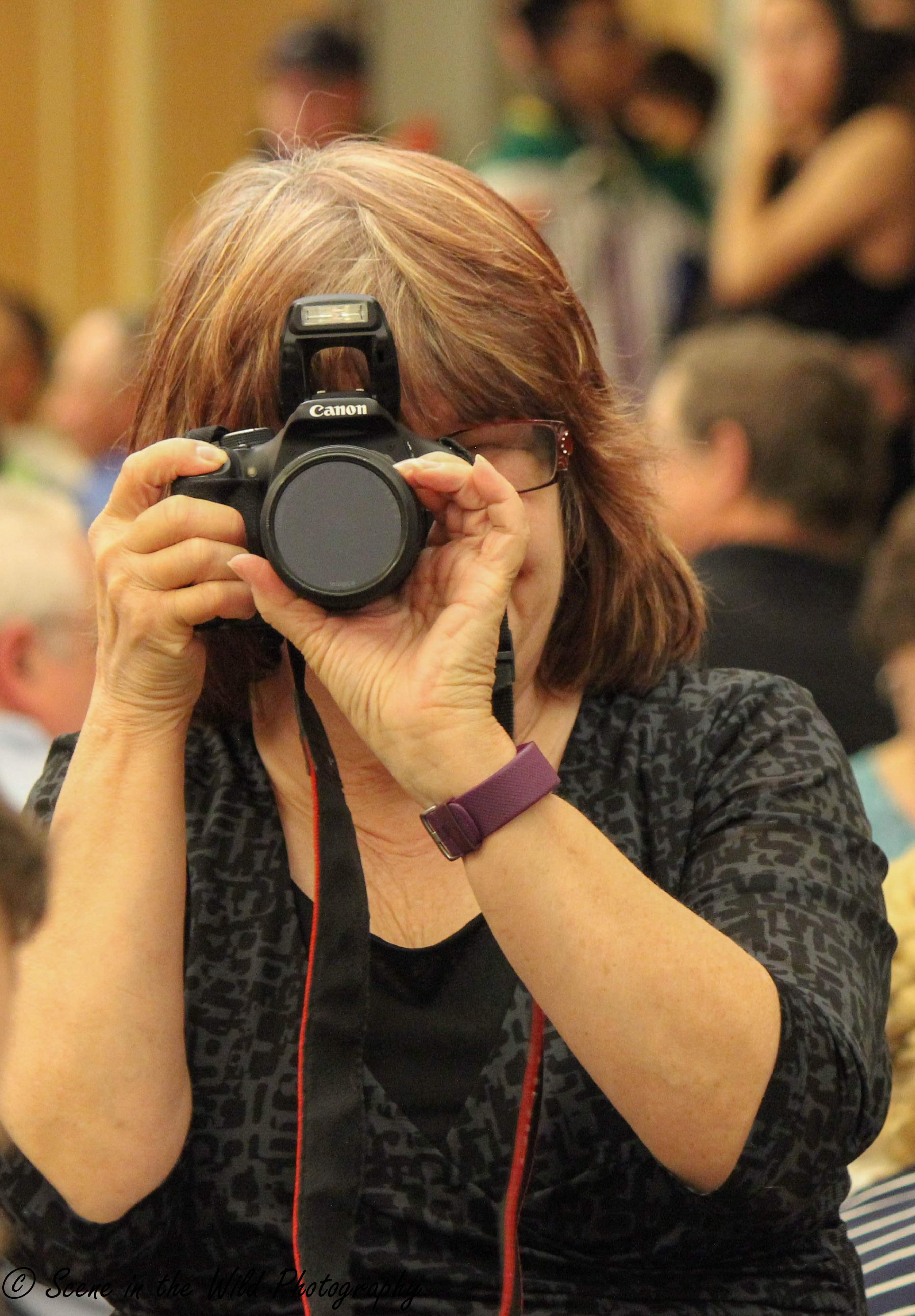
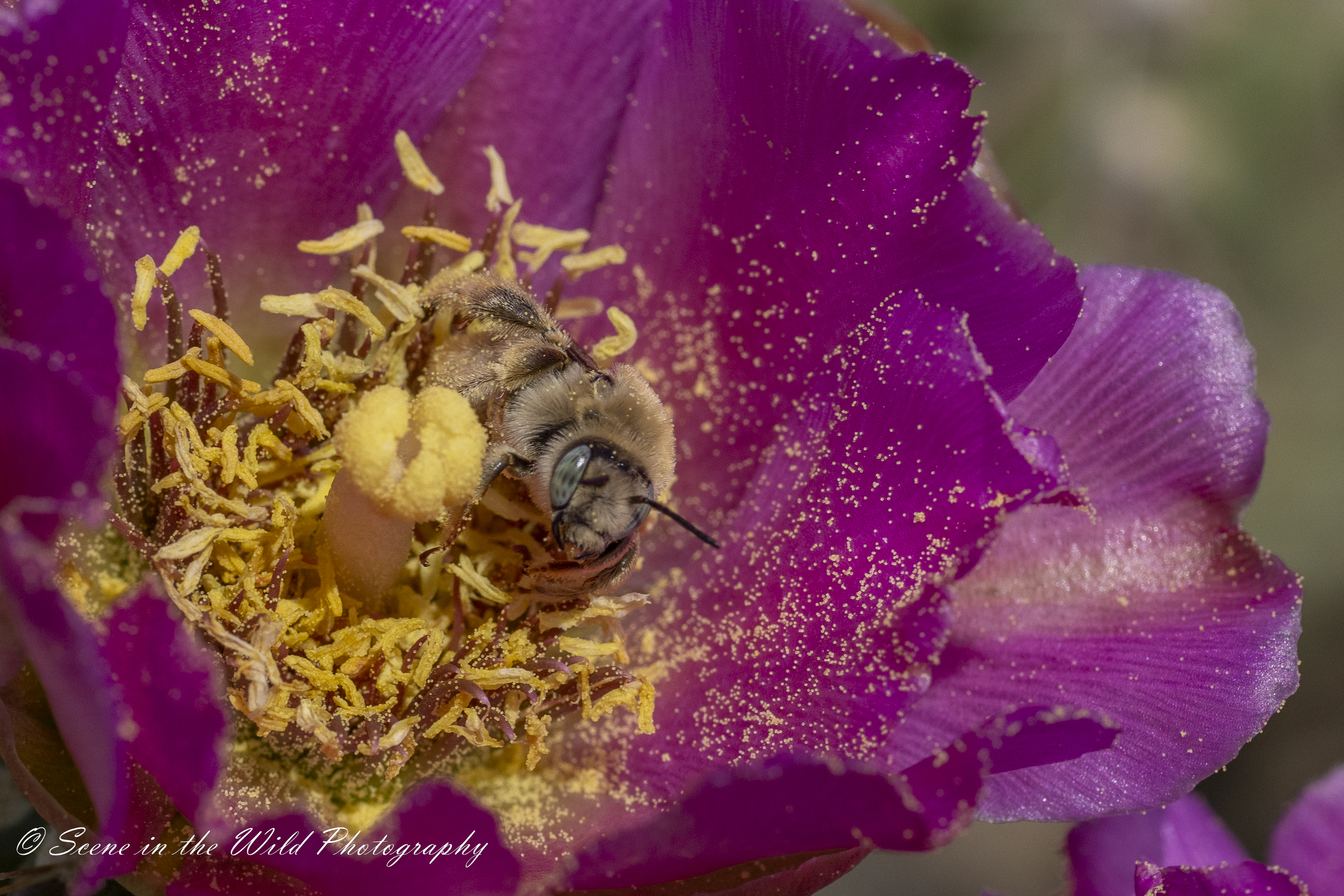
By Sue Keefer, Scene In The Wild Photography
What’s all this buzz about pollinators?
You may have heard that this week is Pollinator Week. When you hear the word “pollinator,” you more than likely think of bees, butterflies, and hummingbirds. But there are many other types of pollinators, such as ants, beetles, flies, moths, wasps, and even bats!
Sadly, many native pollinators are endangered because of loss of habitat and climate change. The more we can do to attract our native pollinators, the more likely they’ll be around for our children and grandchildren to enjoy.
A good place to go for more information is https://www.facebook.com/ThePollinatorPartnership. If you scroll through the posts, you’ll find links to podcasts, other educational information, and even a survey (if you take the survey, you may win a prize.) https://www.pollinator.org/nappc/pollinator-communications
You can also go to their website, https://www.pollinator.org/pollinator-week
One thing about pollinators that I didn’t realize is that native pollinators need native plants, because they’ve adapted to each other. I also didn’t realize that honeybees are not native, and that there are many species of native bees, all of which have certain plants they prefer. Some bees even nest in the ground!
The Rocky Mountain Native Bee Facebook page is a good one for learning more about native bees: https://www.facebook.com/groups/391390927935478/about
You can also get an abundance of information about native plants from the Colorado Native Plant Society: https://conps.org/ They also have a Facebook page.
I’ve found that many of these conservation-related Facebook pages are great places to learn more about the subjects they’re focused on, and many of the people on the pages are more than happy to answer questions or help with identification. I frequently post photos on the Facebook pages for Colorado Native Plant Society, Rocky Mountain Native Bees, Arthropods of Colorado and Wyoming and others, and have found there are experts on those pages that can help with any questions I might have.
Related Content:
Alfalfa Butterflies of Southeast Colorado
Related Videos:
Photo Gallery by Sue Keefer, Scene in The Wild Photography
Follow SECO News on Facebook.
Subscribe to the SECO News YouTube Channel.
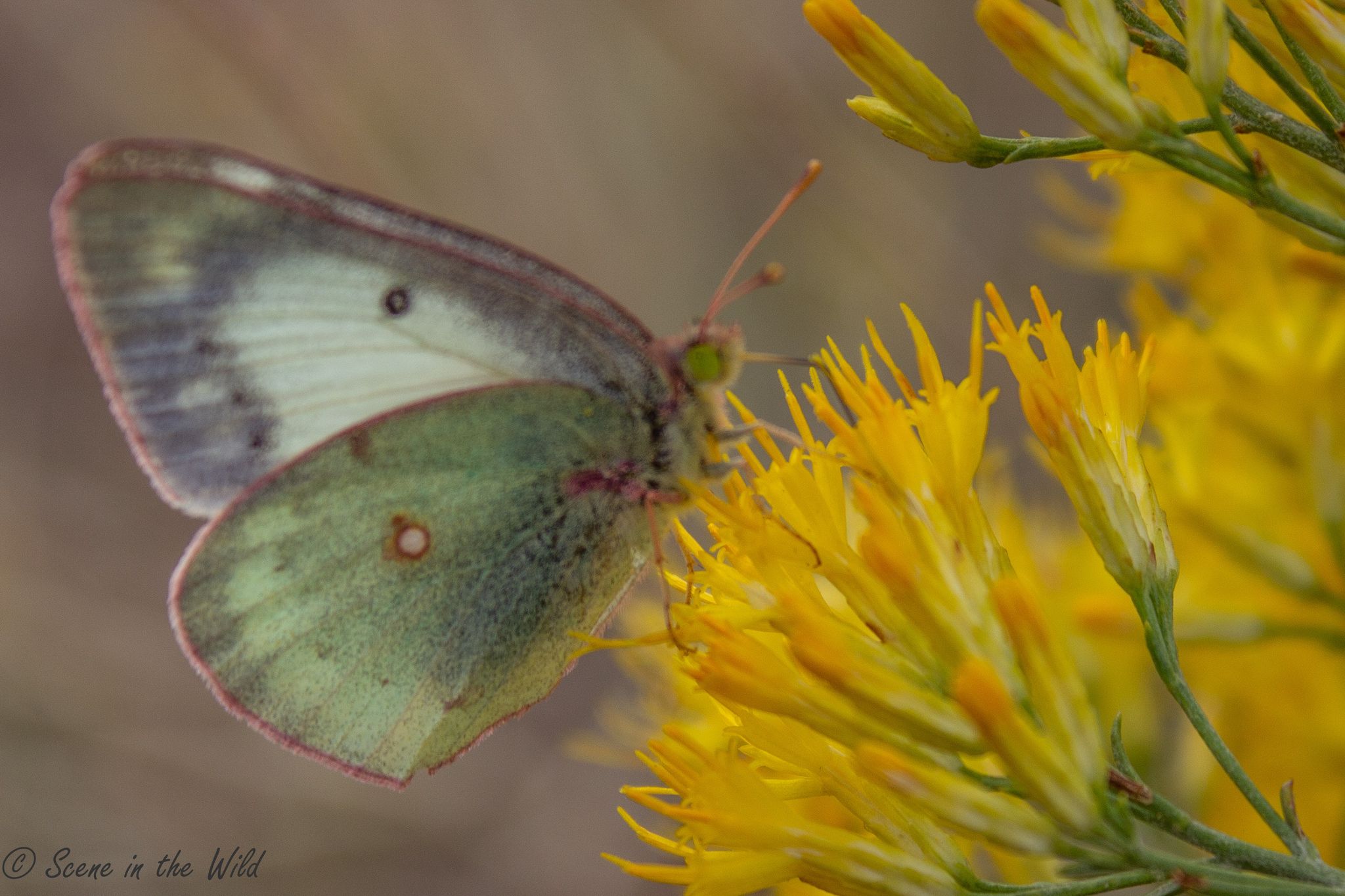
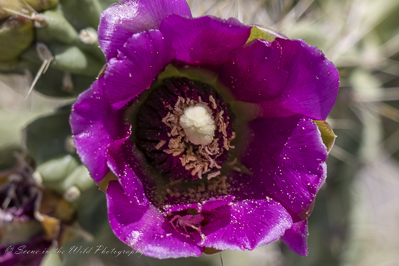
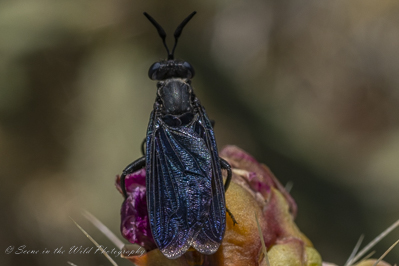
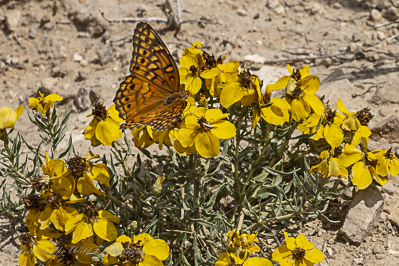

.png)
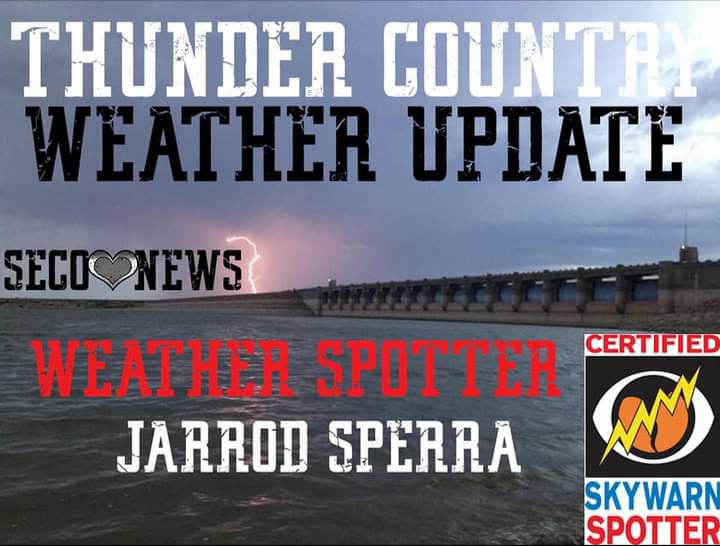

.png)


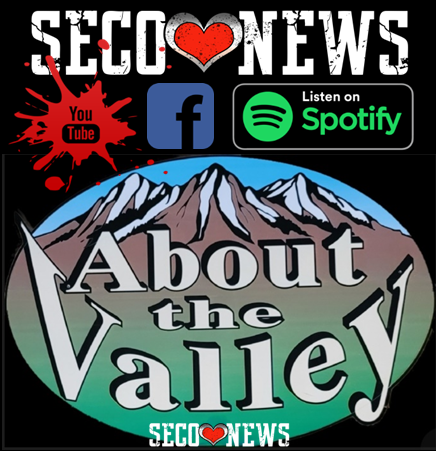
 (728 x 90 px).png)
.png)


.png)

.png)

.png)









